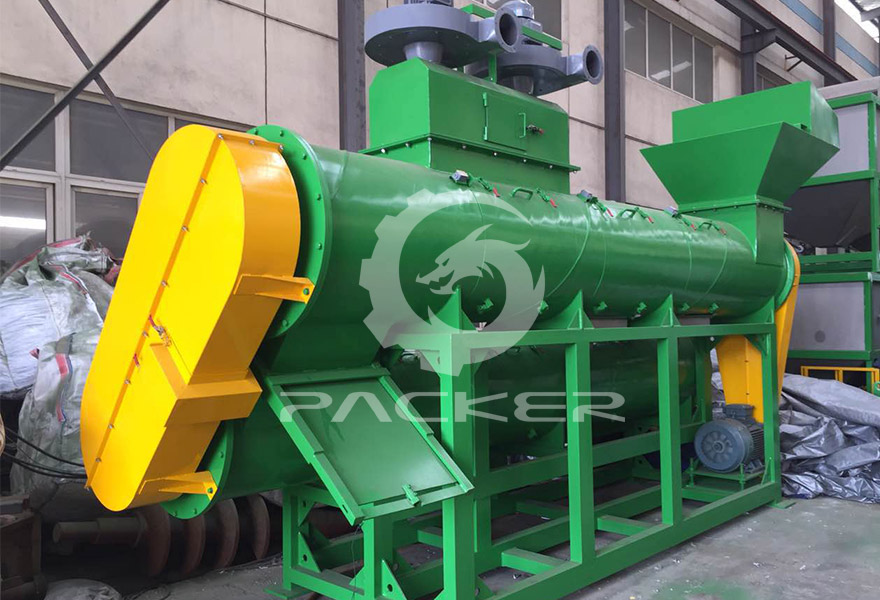Types of Plastic Auxiliary Machines
2024-05-29
Plastic auxiliary machines are essential components in the plastic processing industry. They complement the primary plastic processing machinery, ensuring efficient and smooth production processes. These machines perform various auxiliary functions such as material handling, temperature control, drying, and recycling. Here’s a detailed overview of different types of plastic auxiliary machines and their functions:
Types of Plastic Auxiliary Machines
1. Material Handling Equipment:
- Conveyors: Used for transporting plastic materials from one part of the production line to another.
- Vacuum Loaders: Automatically transfer raw plastic materials from storage bins to processing machines.
- Hoppers and Silos: Storage units for raw materials, allowing for easy dispensing and feeding into processing machines.
2. Drying and Dehumidifying Equipment:
- Dryers: Remove moisture from plastic granules to prevent defects in the final product. Types include desiccant dryers, hot air dryers, and vacuum dryers.
- Dehumidifiers: Maintain low humidity levels in storage areas to keep plastic materials dry and in optimal condition.
3. Temperature Control Units:
- Chillers: Cool down molds and machines during and after the plastic processing to maintain optimal temperatures and prevent overheating.
- Mold Temperature Controllers: Regulate the temperature of molds to ensure consistent quality and reduce cycle times.
4. Granulators and Shredders:
- Granulators: Reduce plastic waste and scrap into smaller granules that can be reprocessed.
- Shredders: Break down larger plastic waste materials into smaller pieces for easier recycling or disposal.
5. Mixing and Blending Equipment:
- Mixers: Combine different plastic materials or add colorants and additives to achieve the desired properties in the final product.
- Blenders: Ensure uniform mixing of materials, often used in conjunction with hoppers and feeders.
6. Recycling Equipment:
- Reclaim Systems: Capture and reprocess scrap material, feeding it back into the production cycle to minimize waste.
- Pelletizers: Convert recycled plastic materials into pellets for easier handling and reuse in the production process.
7. Feeding and Dosing Systems:
- Volumetric and Gravimetric Feeders: Precisely measure and dispense materials into the processing machines.
- Dosing Units: Add colorants, additives, or other materials in controlled amounts to achieve specific product characteristics.
Applications and Benefits
- Efficiency: Auxiliary machines streamline the production process, reducing manual intervention and increasing automation.
- Quality Control: Ensuring materials are properly dried, mixed, and maintained at the correct temperature improves the consistency and quality of the final products.
- Cost Savings: Recycling and reprocessing equipment reduce material costs by minimizing waste.
- Production Flexibility: Auxiliary equipment allows for quick changes in production setups, facilitating the manufacturing of different products without significant downtime.
- Environmental Impact: Reducing waste and optimizing material use contributes to more sustainable manufacturing practices.
Considerations for Selecting Plastic Auxiliary Machines
- Compatibility: Ensure that auxiliary equipment is compatible with existing primary processing machinery.
- Capacity: Choose machines with the appropriate capacity for the production volume.
- Energy Efficiency: Opt for energy-efficient models to reduce operational costs.
- Ease of Maintenance: Consider machines that are easy to clean and maintain to minimize downtime.
- Automation and Control: Look for machines with advanced automation and control features for better integration into the production line.
Conclusion
Plastic auxiliary machines are crucial for optimizing the plastic manufacturing process, enhancing efficiency, product quality, and sustainability. By understanding the different types of auxiliary equipment and their applications, manufacturers can make informed decisions to improve their production operations.



